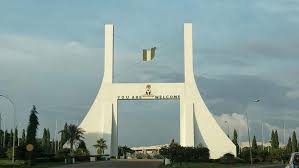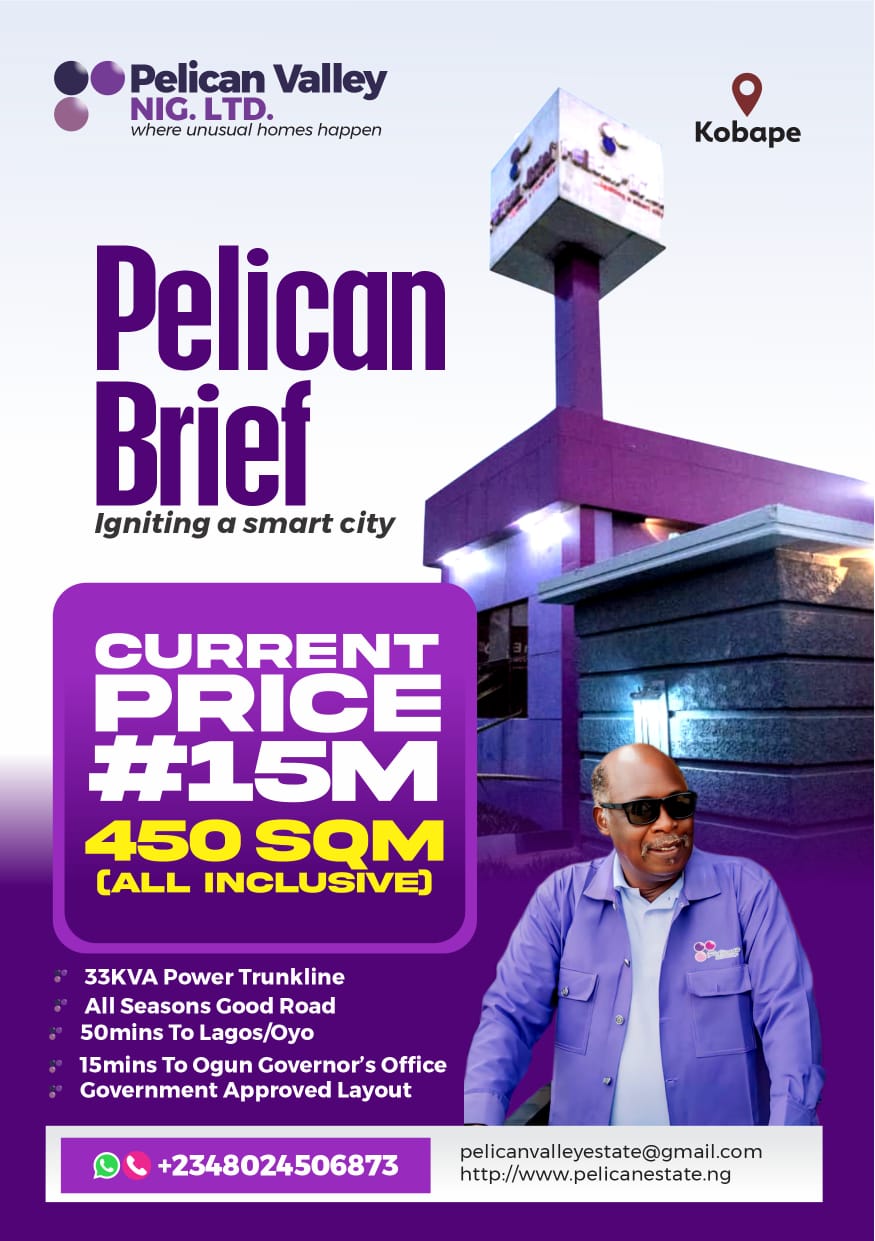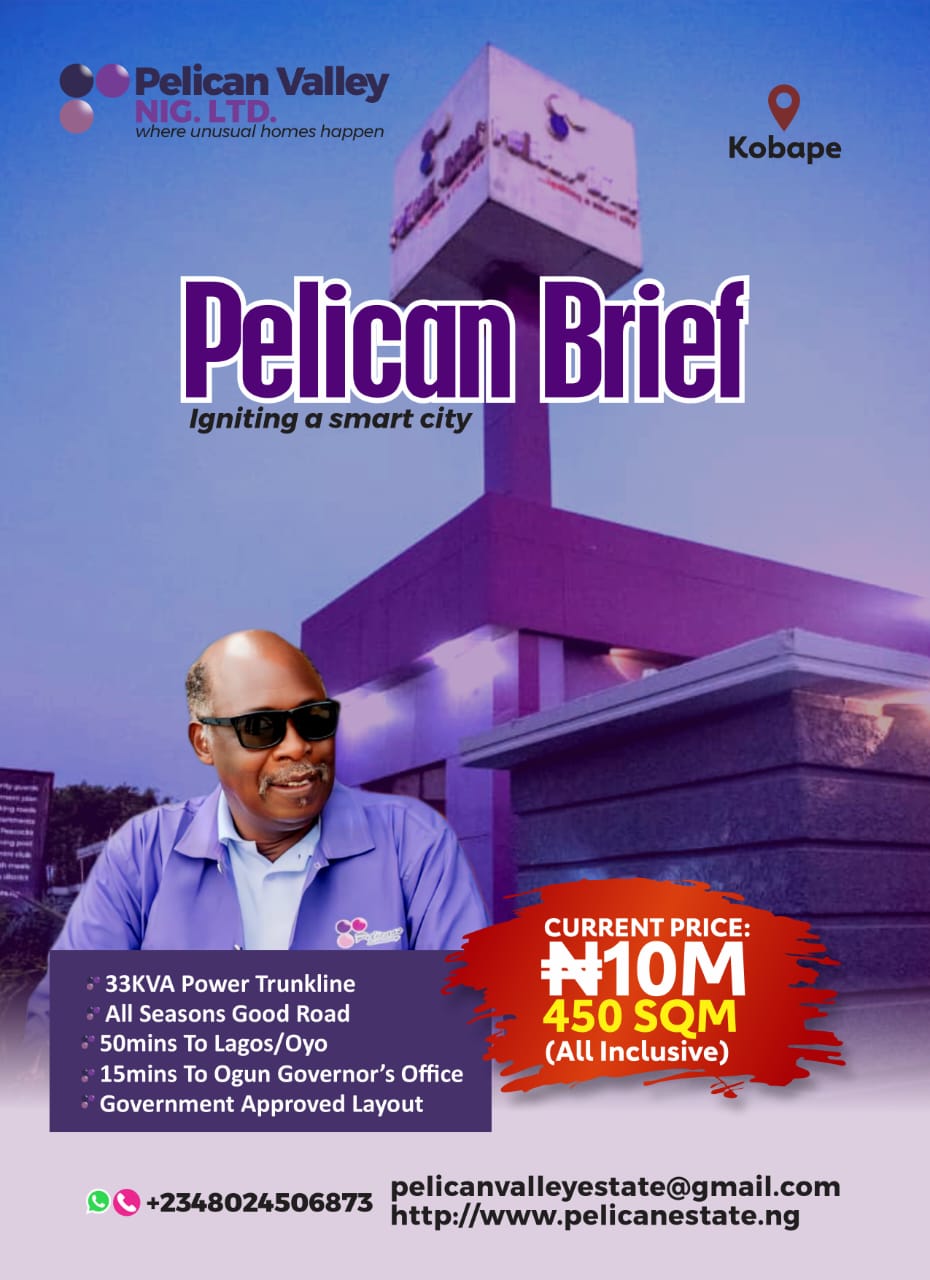[ad_1]
At the moment, one of the largest pieces of land prominently located in the Central Area Phase I, whose vision is yet to be actualised, is that of the National Mall. That is the empty land across the Ahmadu Bello Way from Eagle Square.
The Final Detailed Urban Design of the Central Area by Kenzo Tange with a proposal for the National Mall was presented to the FCDA on April 30, 1981. It has by far predated the inauguration of Dubai Mall, which was on November 4, 2008. Perhaps, the Dubai Mall planning was done at the same time as that of Abuja, or even much later.
The vision of the Abuja planners is to have a mall, similar to what was accomplished in Dubai, even if the land area is much smaller in size. Because one of the visions of the founding fathers, is for Abuja to be comparable with other world capital cities. Unfortunately, talk on the Abuja National Mall project till date is never smelling any level of commissioning, because the physical development is yet to even commence.
SPONSOR AD
In 2014, we were informed by the then Coordinator of Abuja Infrastructure Investment Company in one of his interviews, that as part of the safeguards, a financial commitment of up to N3 billion for the preliminary technical activities had been expended by a developer, Chikason Group. Furthermore, in order to confirm the financial capability of the developer, the agreement signed included a down payment of 15 per cent of the total project cost.
In our contribution to that information, we made a presentation on this column on March 31, 2014, titled ‘Abuja National Mall Salvaged at Last’. In it, we advised the authority, that “Adequate precautionary measures must be taken in order to prevent the midway abandonment of the project. Because previous attempts met with failure, perhaps due to politics or lack of adequate preparations”. True to the fear we expressed, till date, the project is yet to move from that stage.
Having made an earlier presentation on the topic, the development guidelines of the National Mall will be revisited in our subsequent features. Because the land is big and strategically located, our greatest fear is the usual clandestine interference and selfish annexation by the people in power against the national interest. It would then be one of the worst disservices not only to Abuja but to the nation.
Apart from the National Mall proposal in the Kenzo Tange Central Area plan, there is another proposal for the Central Shopping Mall. Others are the National Theatre, the National Library, hotels and many more.
In his presentation during the 1999 Abuja Master plan Review workshop, Arc Mansur Kurfi Ahmadu mentioned some of the expectations according to the Central Area design. He stated that, “Development would have reached stage III, between 1985 and 1986. Even if it hadn’t, it was expected that the development that had taken place would have created a functioning and organically whole central area by concentrating facilities along the axis to convey a sense of completeness and urbanity.”
He also stated that, “The development of the central axis along shopping mall, National Square and shopping areas was expected to have gone far, giving life and character to the area and city at large. This would have led to a city centre with so much life, similar to central London or downtown Manhattan in New York.”
It is now 26 years, and a lot of water has gone down the bridge since that presentation. A lot of developments took place, with many deviations; some were necessitated, while others were initiated. However, some of his observations are relevant till date.
Building structures and magnificent facilities without corresponding capacity in terms of the calibre of businesses to use will not provide the expected returns on the investment. Rather, the investors would be at loss. Our World Trade Centre should really answer to its name.
Presently, all locations in the Central Area of Abuja are prime. However, there are commercial buildings of more than 10 to 12 floors and above in the Central Area District with lettable commercial and business spaces that have been laying fallow for years without tenants or patronage. Maintenance costs are really prohibitive. Some of the developers now offer them for sale.
The Abuja Central Area was not planned for development by small or medium-scale investments, but for big private and multinational companies. In such a case, the federal government must provide infrastructure and favourable policies that would attract such calibre of businesses and financial investments. Among others, the availability of uninterrupted power is key, and has been a national predicament for long. All the necessary incentives must be in place to enable commercial investments in the Abuja Central Area to compete with the world-renowned business centres.
Concluded.
Do you want to share a story with us? Do you want to advertise with us? Do you need publicity for a product, service, or event? Contact us on WhatsApp +2348183319097 Email: platformtimes@gmail.com
We are committed to impactful investigative journalism for human interest and social justice. Your donation will help us tell more stories. Kindly donate any amount HERE




